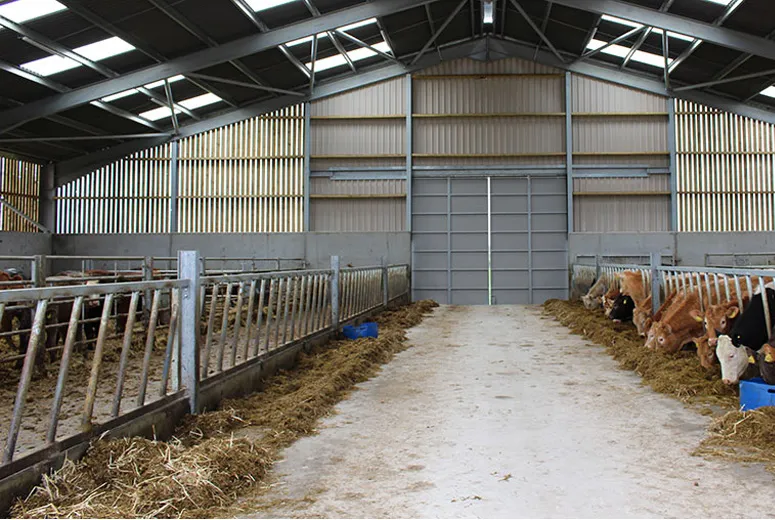- Afrikaans
- Albanian
- Amharic
- Arabic
- Armenian
- Azerbaijani
- Basque
- Belarusian
- Bengali
- Bosnian
- Bulgarian
- Catalan
- Cebuano
- Corsican
- Croatian
- Czech
- Danish
- Dutch
- English
- Esperanto
- Estonian
- Finnish
- French
- Frisian
- Galician
- Georgian
- German
- Greek
- Gujarati
- Haitian Creole
- hausa
- hawaiian
- Hebrew
- Hindi
- Miao
- Hungarian
- Icelandic
- igbo
- Indonesian
- irish
- Italian
- Japanese
- Javanese
- Kannada
- kazakh
- Khmer
- Rwandese
- Korean
- Kurdish
- Kyrgyz
- Lao
- Latin
- Latvian
- Lithuanian
- Luxembourgish
- Macedonian
- Malgashi
- Malay
- Malayalam
- Maltese
- Maori
- Marathi
- Mongolian
- Myanmar
- Nepali
- Norwegian
- Norwegian
- Occitan
- Pashto
- Persian
- Polish
- Portuguese
- Punjabi
- Romanian
- Russian
- Samoan
- Scottish Gaelic
- Serbian
- Sesotho
- Shona
- Sindhi
- Sinhala
- Slovak
- Slovenian
- Somali
- Spanish
- Sundanese
- Swahili
- Swedish
- Tagalog
- Tajik
- Tamil
- Tatar
- Telugu
- Thai
- Turkish
- Turkmen
- Ukrainian
- Urdu
- Uighur
- Uzbek
- Vietnamese
- Welsh
- Bantu
- Yiddish
- Yoruba
- Zulu
Dec . 04, 2024 10:30 Back to list
Insulating a Steel Building Enhancing Energy Efficiency and Comfort
In the realm of modern construction, steel buildings have gained popularity due to their durability, strength, and versatility. However, one significant challenge associated with steel structures is managing thermal performance. Insulating a steel building is essential not only for energy efficiency but also for enhancing occupant comfort and extending the lifespan of the building. This article explores the importance of insulation in steel buildings, various insulation materials, and the methods of installation.
The Importance of Insulation
Steel is an excellent conductor of heat, meaning it can readily transfer heat from the outside environment to the interior of a building and vice versa. Without proper insulation, a steel building can experience substantial heat loss during colder months and heat gain during warmer months. This temperature fluctuation can lead to increased energy consumption as heating and cooling systems work overtime to maintain a comfortable indoor environment.
Moreover, effective insulation contributes to reducing energy costs. By minimizing the reliance on HVAC systems, building owners can save significantly on utility bills over the long term. Insulation also plays a crucial role in noise reduction, creating a quieter environment, which is particularly beneficial in industrial or commercial settings where steel buildings are often utilized.
Types of Insulation Materials
When it comes to insulating steel buildings, several types of insulation materials are available, each with its own advantages and disadvantages
1. Fiberglass Insulation This is one of the most commonly used insulation materials. It is lightweight, non-combustible, and offers good thermal performance. Fiberglass batts can be easily installed between steel studs or at the roofline but may require a vapor barrier to prevent moisture accumulation.
2. Foam Board Insulation Rigid foam boards provide high thermal resistance and are ideal for insulating walls and roofs. They are available in various thicknesses and types, including expanded polystyrene (EPS) and extruded polystyrene (XPS). Foam board insulation is particularly effective in preventing thermal bridging that often occurs with steel structures.
3. Spray Foam Insulation This is a versatile option that expands upon application, filling gaps and creating an airtight seal. Spray foam insulation offers excellent thermal resistance and can also serve as a vapor barrier, providing additional benefits in moisture management. However, it often requires professional installation due to the complexity of the application process.
insulating a steel building

4. Mineral Wool Insulation Known for its fire-resistant properties, mineral wool is a popular choice for steel buildings, especially in environments where fire safety is a priority. It provides good sound insulation and is resistant to moisture, making it suitable for various applications.
Installation Methods
The installation process of insulation in steel buildings is critical to achieving optimal performance. Proper installation techniques can prevent thermal bridging, air leaks, and moisture-related issues. Here are some common methods
1. Batt and Blanket Insulation This method involves placing fiberglass or mineral wool batts between steel studs. It is essential to measure and cut the insulation accurately to fit snugly without gaps.
2. Continuous Insulation Continuous insulation involves installing rigid foam board over the exterior skin of a steel structure. This method helps to create a continuous thermal barrier and reduces the chances of thermal bridges.
3. Spray Foam Application For spray foam insulation, it is crucial to prepare the surface by cleaning it and ensuring it is dry. Professionals will apply the foam using specialized equipment to ensure an even and complete seal.
4. Roof Insulation Insulating the roof is vital, as heat rises and can escape through uninsulated areas. Rigid foam boards or spray foam can be used for this purpose, depending on the roof design and layout.
Conclusion
Insulating a steel building is an essential aspect of modern construction and building management. Choosing the right insulation materials and installation methods can significantly enhance energy efficiency, reduce operational costs, and improve occupant comfort. As sustainability becomes a growing concern, effective insulation strategies will play a pivotal role in constructing environmentally friendly steel buildings that meet the demands of today’s society. Investing in proper insulation not only protects the environment but also adds value to the building, ensuring it remains functional and comfortable for years to come.
-
How Do Prefabricated Steel Structures Transform Modern Construction?
NewsJul.14,2025
-
How Do Prefabricated Metal Buildings Redefine Modern Construction?
NewsJul.14,2025
-
How Do Prefab Insulated Metal Buildings and Steel Structures Revolutionize Modern Construction?
NewsJul.14,2025
-
How Do Pre - Engineered Steel Structures Redefine Modern Construction?
NewsJul.14,2025
-
Advancing Modular Construction with Prefabricated Metal Structures
NewsJul.14,2025
-
Advancing Industrial Infrastructure with Prefabricated Steel Solutions
NewsJul.14,2025
Products categories
Our Latest News
We have a professional design team and an excellent production and construction team.












